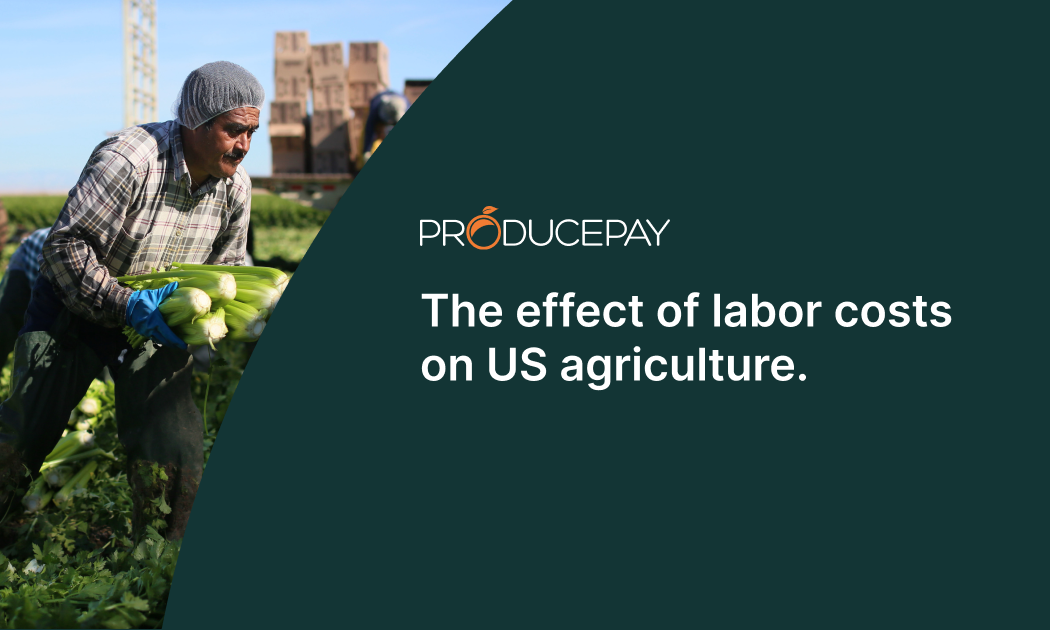
The effect of labor costs on US agriculture.
According to the USDA, the number of farm workers in the United States decreased between 1950 and 1990 due to mechanization, which allowed for increased productivity from fewer laborers.
However, from 1990 to 2010, the agricultural labor force remained stable, while from 2010 to today, it experienced an upward trend, representing about 1% of all paid jobs in the country.
Data from the Quarterly Census of Employment and Wages (QCEW) shows that between 2010 and 2020, the highest growth was recorded in the livestock sector (with the addition of 41,300 jobs, an increase of 18%) and crop support services (with the addition of 38,000 jobs, an increase of 13%).
The New American Economy’s most recent Immigration and Agriculture report shows that U.S. farmers are struggling to find enough local workers to perform field labor.
How much does a farm laborer earn in the United States?
According to Salary.com, the average wage earned by farm laborers in the U.S. is $15-18 per hour, while Indeed.com indicates that it is $15.20, which is twice the federal minimum wage of $7.25.
However, it should be noted that each state determines its own minimum wage. For example, in California, it is $13.00, in Florida, $8.65 and in Washington, $13.69.
This shows that the demand for farm labor in the United States is strong enough that farmers must pay above minimum wage to attract needed workers.
The importance of temporary workers
H-2A visas for temporary workers are essential for the U.S. agricultural sector to keep pace with production needs, but these are insufficient to meet demand.
In 2020 alone, U.S. farmers applied for 314,028 workers, but only 275,430 were approved, which met 87.7% of the demand. The states requesting the most H-2A visas are Florida, Georgia, Washington, California and North Carolina.
Of course, the shortage of workers affects farmers in the short term, but in the long term, it can cause an increase in fresh produce imports, which benefits both Mexico and Latin America.
To address this problem, the U.S. House of Representatives approved the Farm Workforce Modernization Act to allow agricultural workers who can demonstrate at least 1,035 hours of farm work to obtain legal status in the country. However, this law has yet to be ratified by the Senate.
Does workforce impact crop profitability?
USDA data shows that although farm laborer wages have increased over the past 20 years, these costs have been offset by increased productivity and produce prices.
Between 2017 and 2019, labor force costs averaged 10.4% of gross farmer income, whereas between 1996 and 1998, it was 10.7%, so there was no significant increase.
However, farmers who have not increased their yields or sold at low prices will find that labor costs have a significant impact and can put their business at risk.
Access to sufficient liquidity to meet payroll is vitally important to farmers in the United States. Options such as ProducePay’s Quick-Pay Financing allow them to recover their investment in record time and will enable them to better negotiate with suppliers to make their crops more profitable without risking the value of their labor force.
Sources: USDA-ERS, Portal Frutícola, Chicago Tribune, TeleMundo, Salary, Indeed
